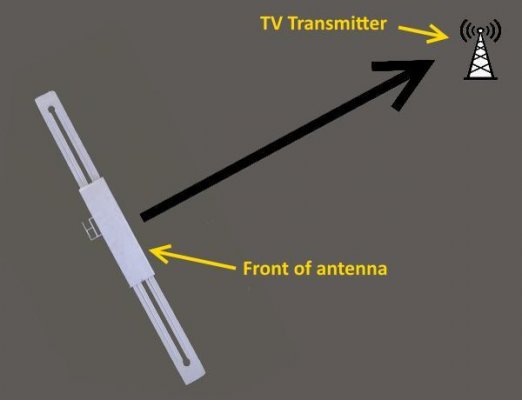We have a 1995 Rexhall Aerbus, but a previous owner retrofitted it with HD flat panels in the front and rear. On previous trips, it had always worked well with the crank-up antenna, but on this trip, my wife tells me (I don't really watch the tvs while camping) that the front tv was scanning and finding tons of channels at each campground, but the rear tv would only get a few or none. At one stop, she said the front tv had 34 stations, and the rear tv only had 4.
The equipment I know about is:
- crank-up antenna
- signal booster box up in the front. It's switched on and the red light is on.
- a switch in the front to switch from antenna to cable.
- a switch in the back to switch from antenna to cable.
My wife says she's tried all combinations of moving switches around and re-scanning for channels.
Is it possible I need a second signal booster in the back? It's weird that it always worked before and has just stopped working now.
The equipment I know about is:
- crank-up antenna
- signal booster box up in the front. It's switched on and the red light is on.
- a switch in the front to switch from antenna to cable.
- a switch in the back to switch from antenna to cable.
My wife says she's tried all combinations of moving switches around and re-scanning for channels.
Is it possible I need a second signal booster in the back? It's weird that it always worked before and has just stopped working now.

